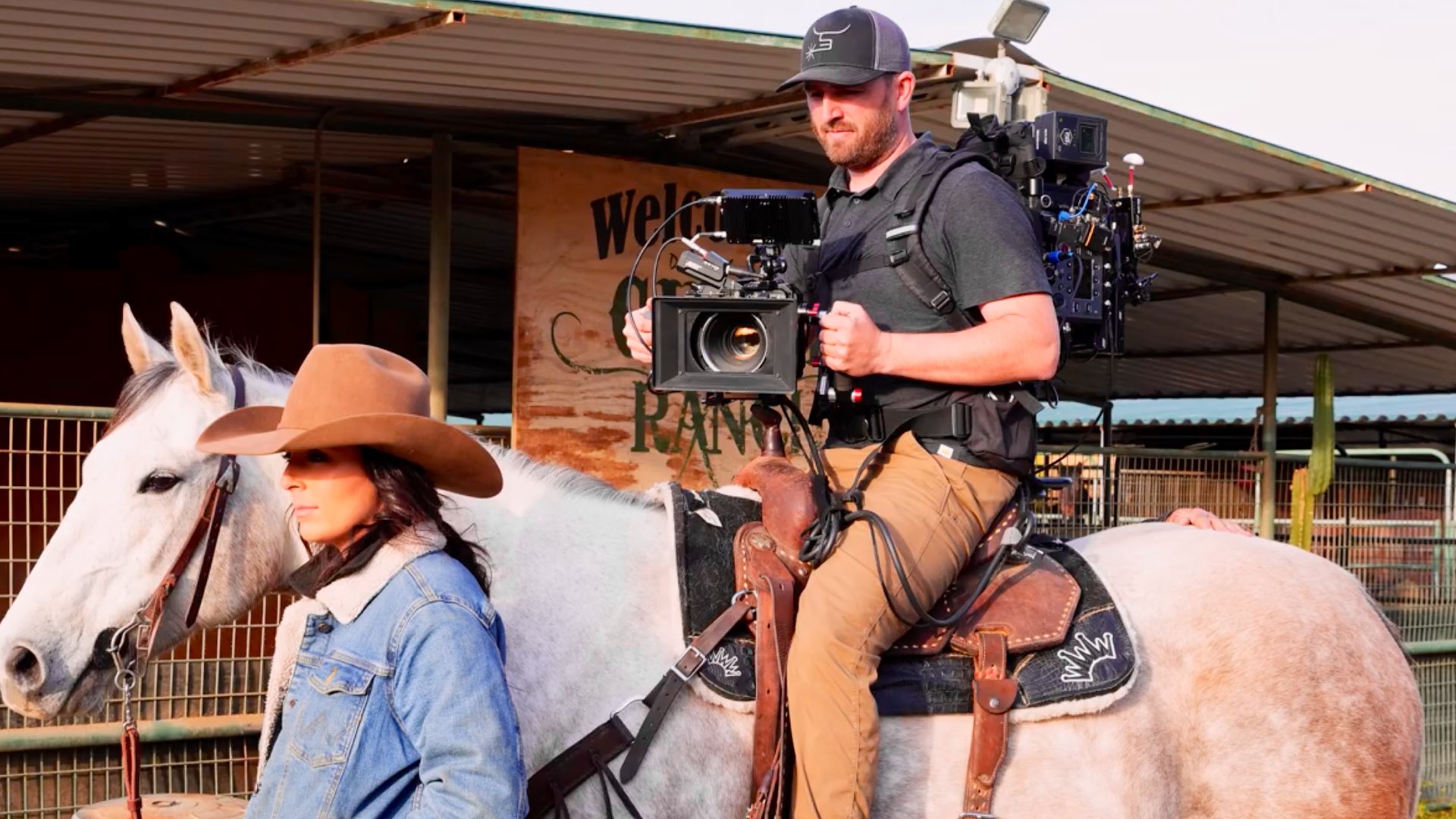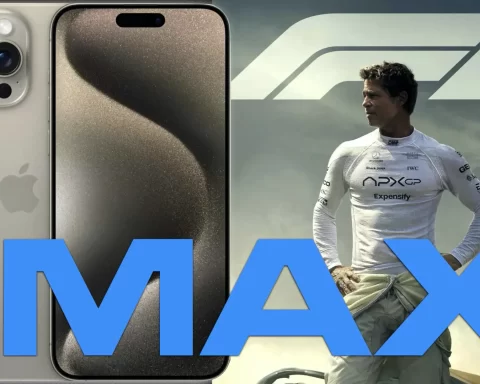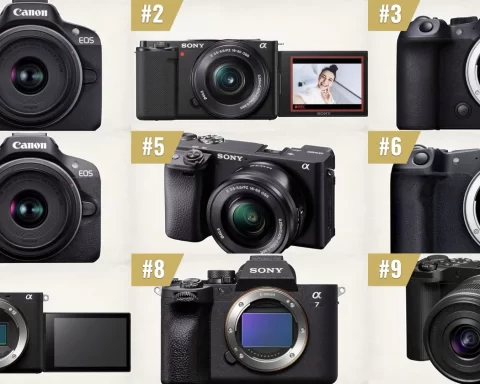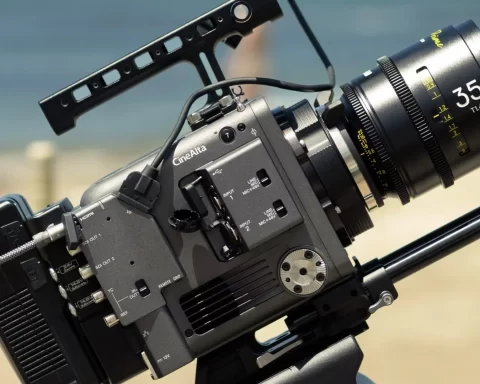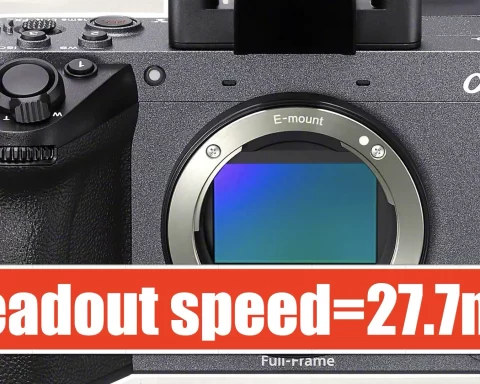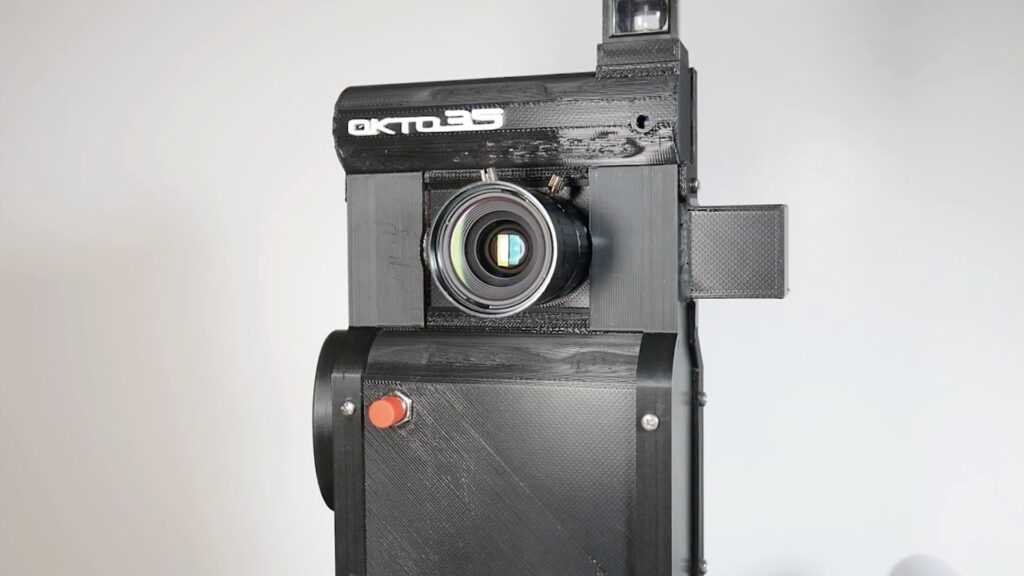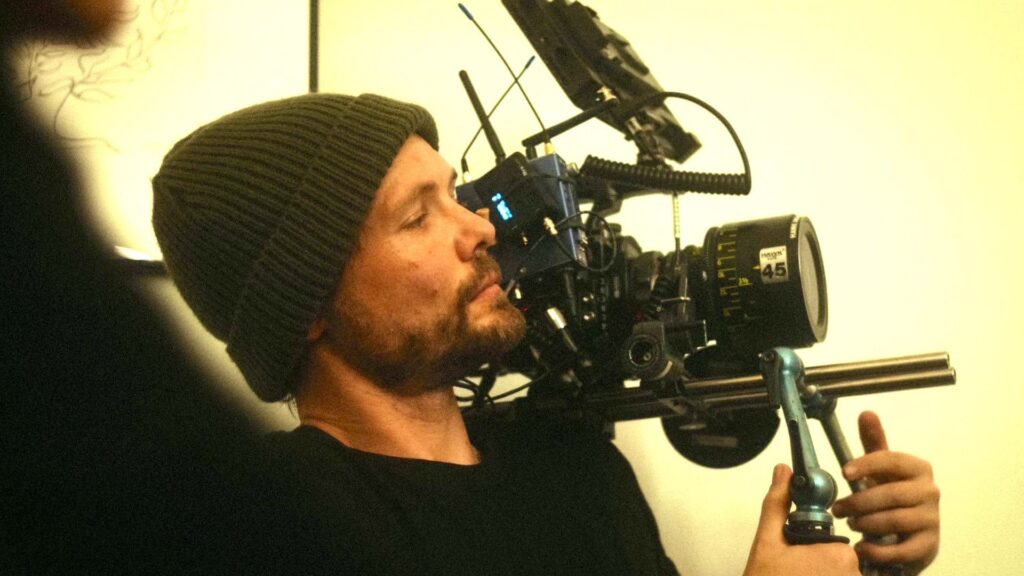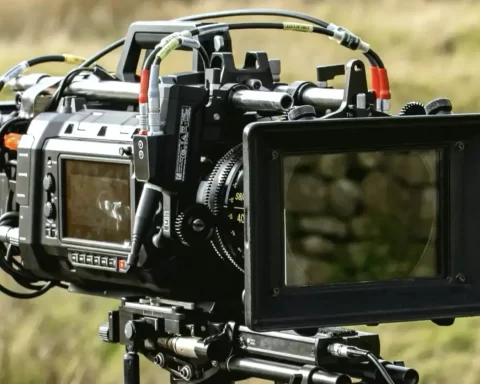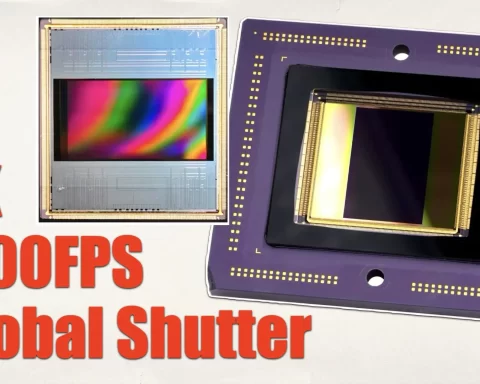Sony has published a case study of how the VENICE 2 Rialto 2 system can be utilized in complex shooting situations. It appears that the Rialto became very handy when you need to shoot on the back of a horse, as demonstrated below.
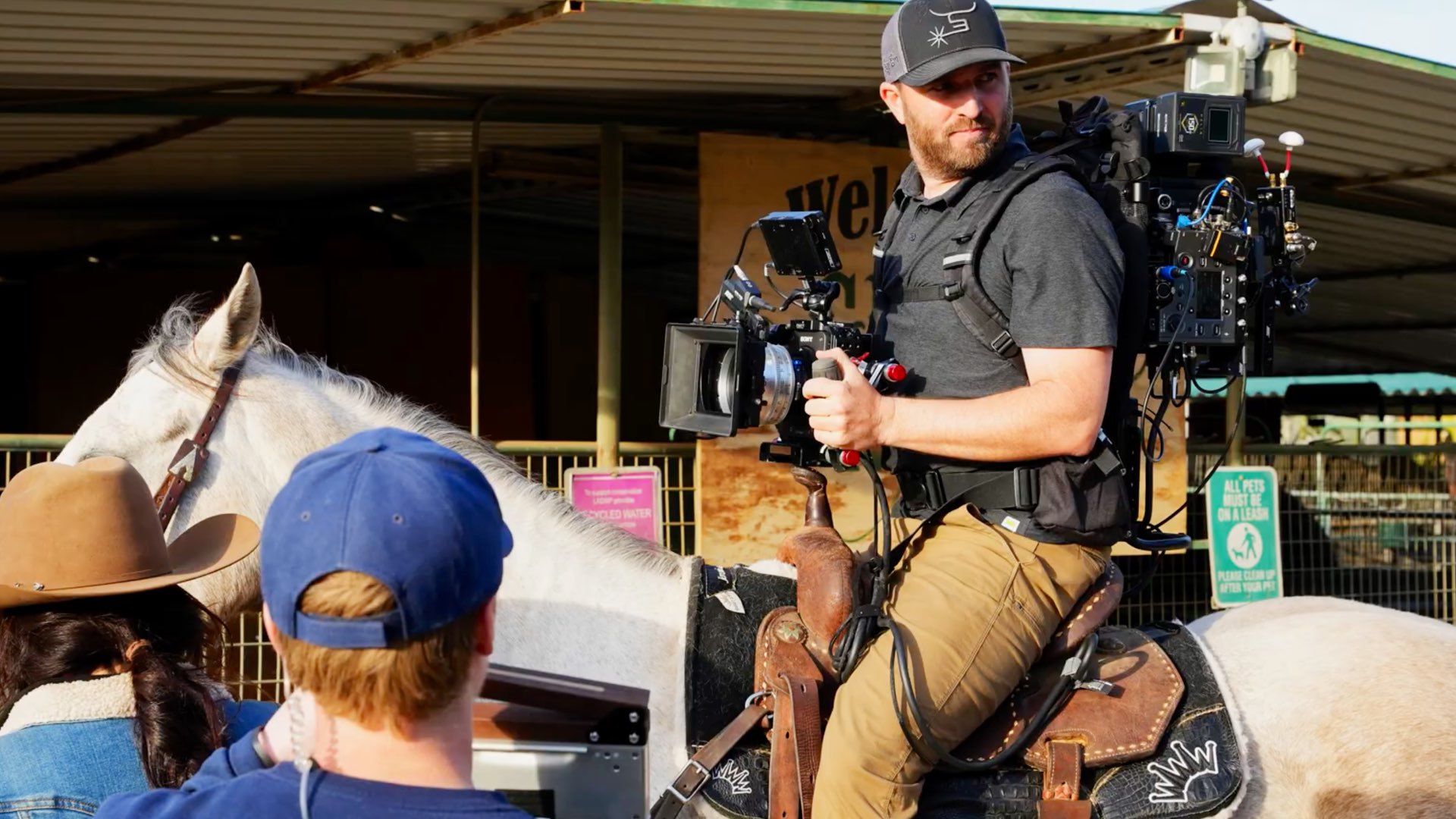
Utilizing the “J Cam”
One of the main strengths of the Sony VENICE is its Rialto. The ability to decouple the sensor block from the camera body is valid. Actually, this idea was born by the praised director, James Cameron. After the shooting of the first Avatar, Cameron asked Sony to develop a camera where the front could be decoupled from the back. Sony engineers were called to the challenge and developed a prototype titled “J Cam” (J – for James). Then after vast R&D iterations, the Rialto unit was born. It’s worth emphasizing that the concept of detaching the sensor from the camera body was applied to other cinema camera manufacturers as well. For instance, read about the ARRI ALXEA M that was introduced in NAB 2011. The camera took a very important part in The Revenant, shot by the master — cinematographer Emanuel Lubezki. Nevertheless, it seems that the Sony VENICE Rialto was (and still is) the most requested setup (when a decoupled sensor is needed).
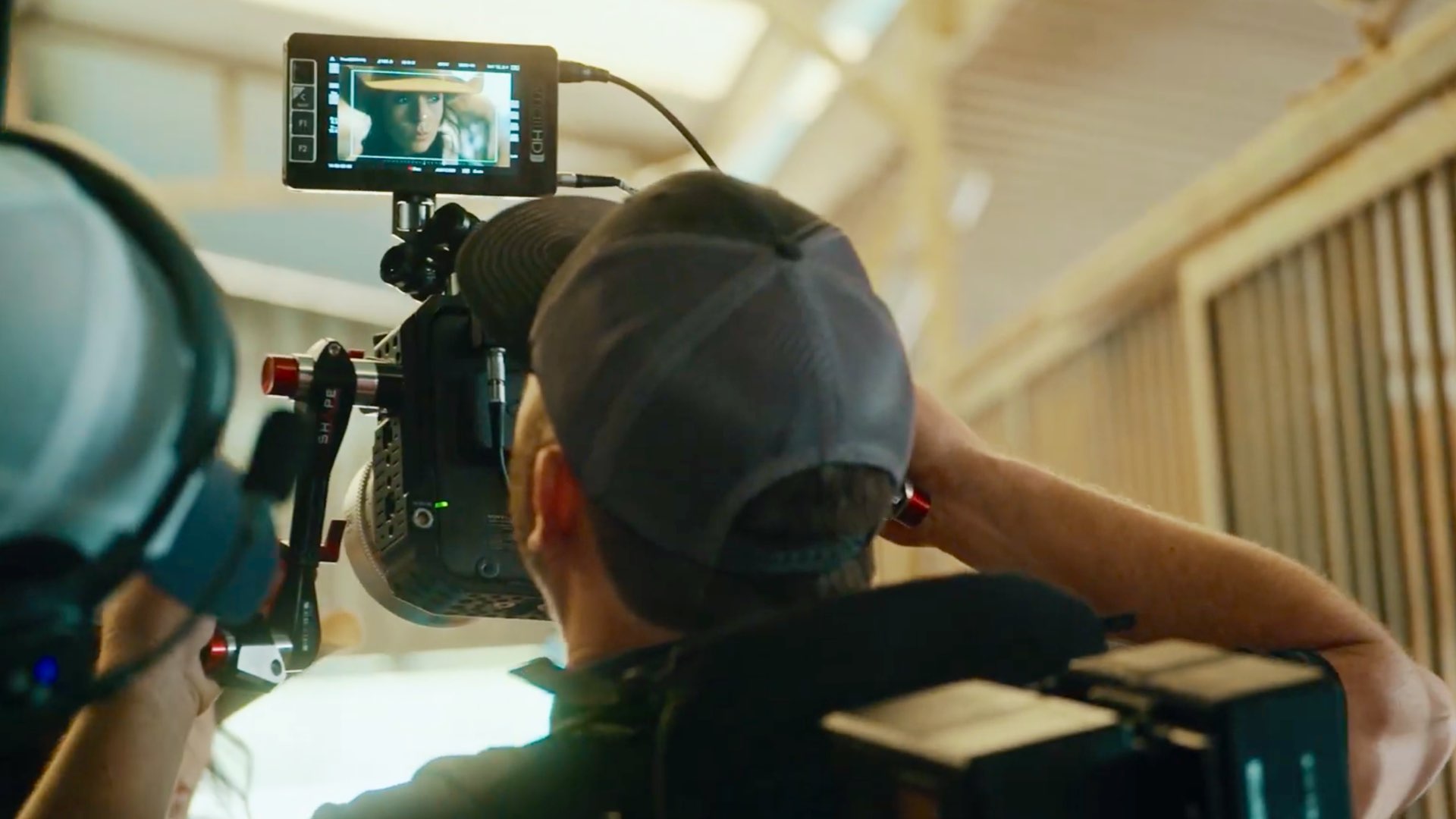
Blockbusterisation of the Rialto
It’s interesting to note that the unit’s form factor reminds us of RED cameras. However, in many cases, DP preferred to use the Rialto instead of choosing a smaller and more compact cinema camera. Although the Rialto allows you to shoot in challenging spaces, you still need to carry the heavy VENICE on your back. Make sure to read our article: “How to Build a Sony VENICE Rialto Backpack System”. Anyway, the Rialto was heavily utilized in the two most famous and successful movies in 2022: Top Gun: Maverick, and Avatar 2. In TGM, the Rialto was responsible for the ultra-epic cockpit shots, and in Avatar, Cameron implemented Sony VENICE Rialto in a 3D stereoscopic beam splitter system, above and underwater. That allowed these stunning 3D IMAX imagery since the VENICE is IMAX Approved. According to tech spec resources, this system was defined as Sony VENICE 3D Rialto IMAX.
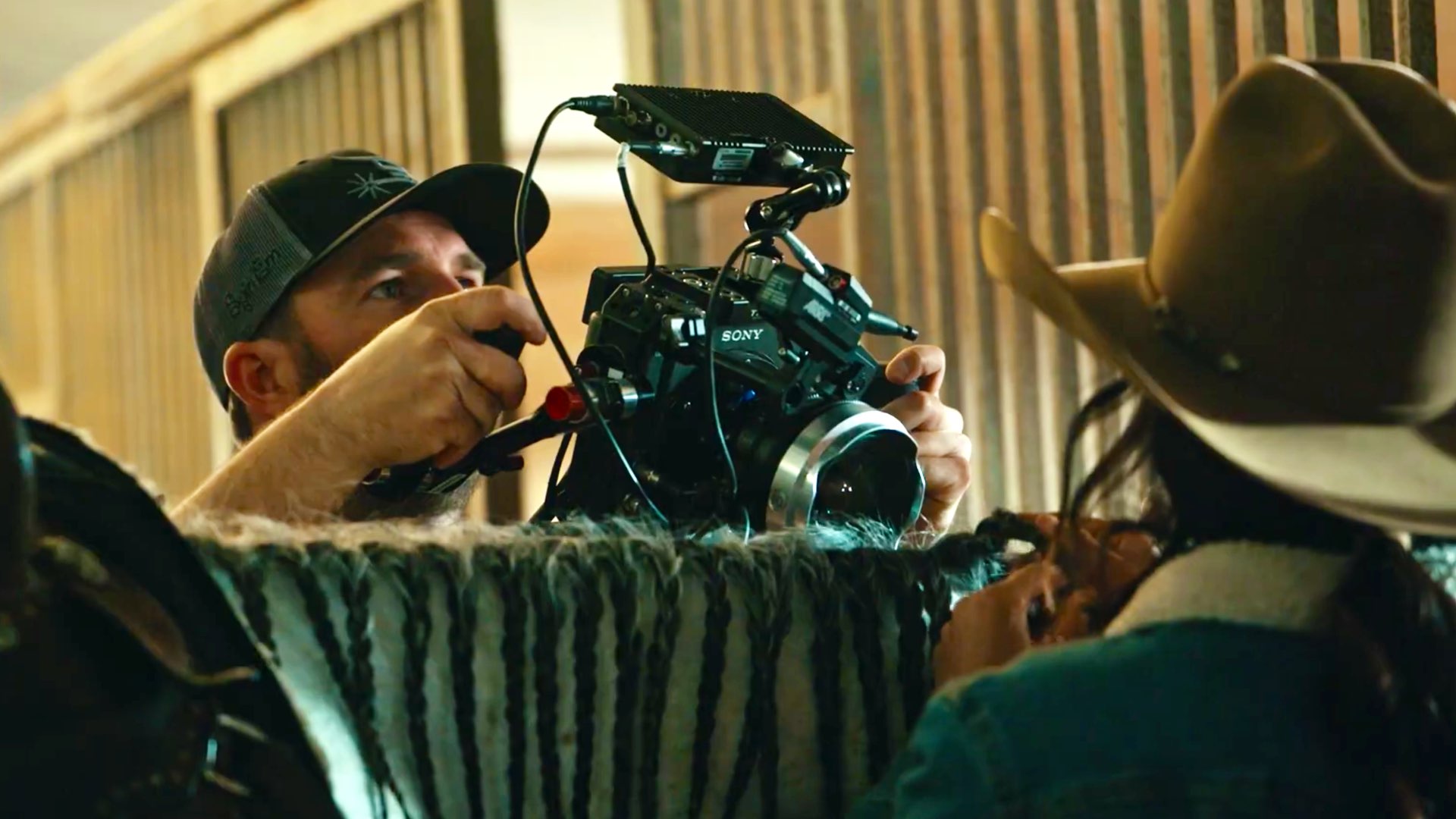
Rialto 2: 8.6K and 120 fps
Sony has published a case study demonstrating the potential of the Rialto 2, with the new firmware. As stated by Sony: “Cinematographer Matt Roe (Purple Hearts) and camera operator Ryan Wood (Moon Knight, The Mosquito Coast, Yellowstone) joined forces to illustrate the new frame rates available in VENICE 2 Version 2.00 and the Rialto 2 in an epic short film featuring barrel racing. VENICE 2 Version 2.00 adds high frame rates up to 120 frames per second, while also allowing the camera to be used with the popular Rialto 2 extension system. The new VENICE Extension System 2 allows users to separate the sensor from the camera body up to 40 feet away, allowing transmission of an 8.6K sensor and a tilt/roll sensor to add camera position in the metadata”. Sony ads that: “Besides the incredible performance in a low light environment, the team also showcased the versatility of the Rialto 2 system. Lenses were able to be hidden in barrels and even on horseback to capture barrel racing as it has never been seen before. Wood, who has operated cameras on Yellowstone and Moon Knight, felt that the small size of the Rialto 2 allowed him to work closer to the horse without spooking the animal. ‘Using the Rialto, I am able to get the camera gracefully at the moment with them and keep it an intimate moment between the rider and the horse’”.
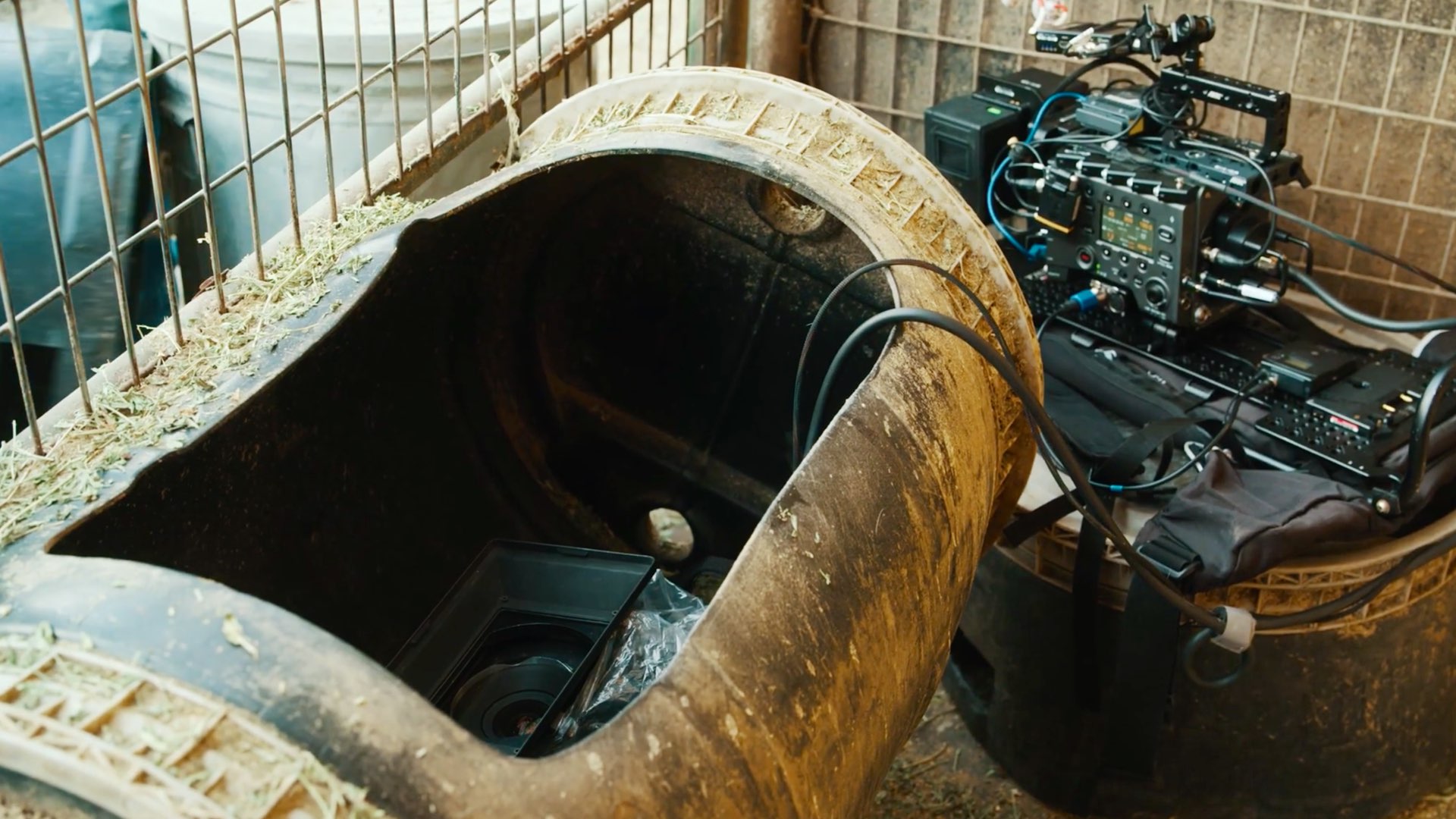
And here is the BTS version:
Closing thoughts
Shooting on a horse with the Rialto sounds cool. You’ll definitely be getting stunning images made for the big screen and even IMAX theater. Keep in mind that (and you can see this in the pictures), you will still need to carry the entire VENICE on your back, as the sensor unit and the camera body are wired together. Sometimes, it will be smarter (and cheaper) to grab a V-Raptor instead, although there are DPs that are hooked to the look of the VENICE. Anyway, down below you can watch the final result:

